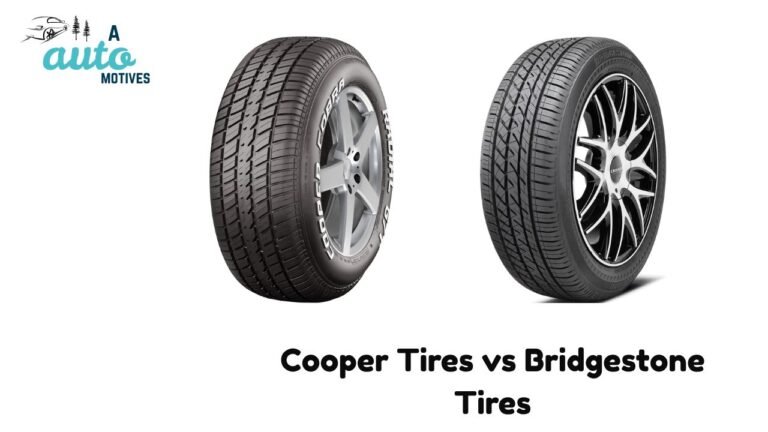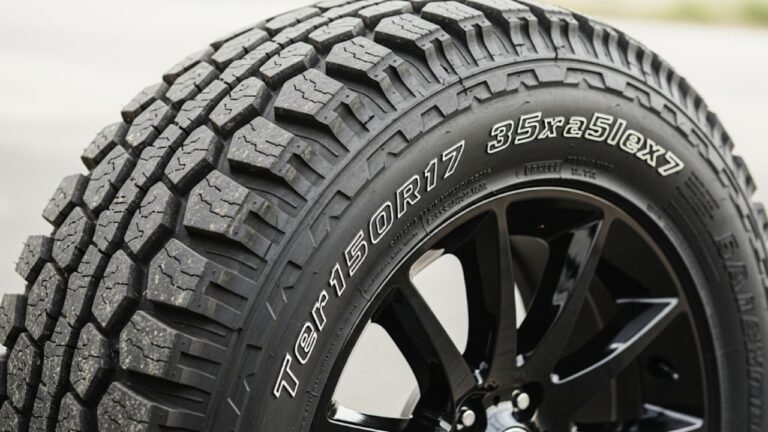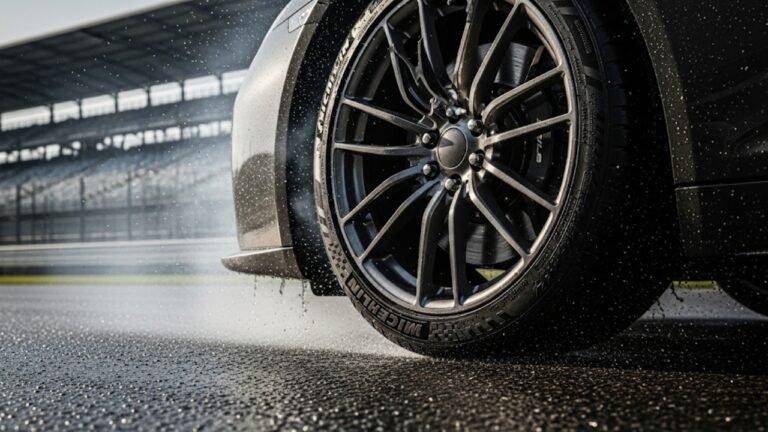How Long Does It Take for Tire Pressure Light to Turn Off?
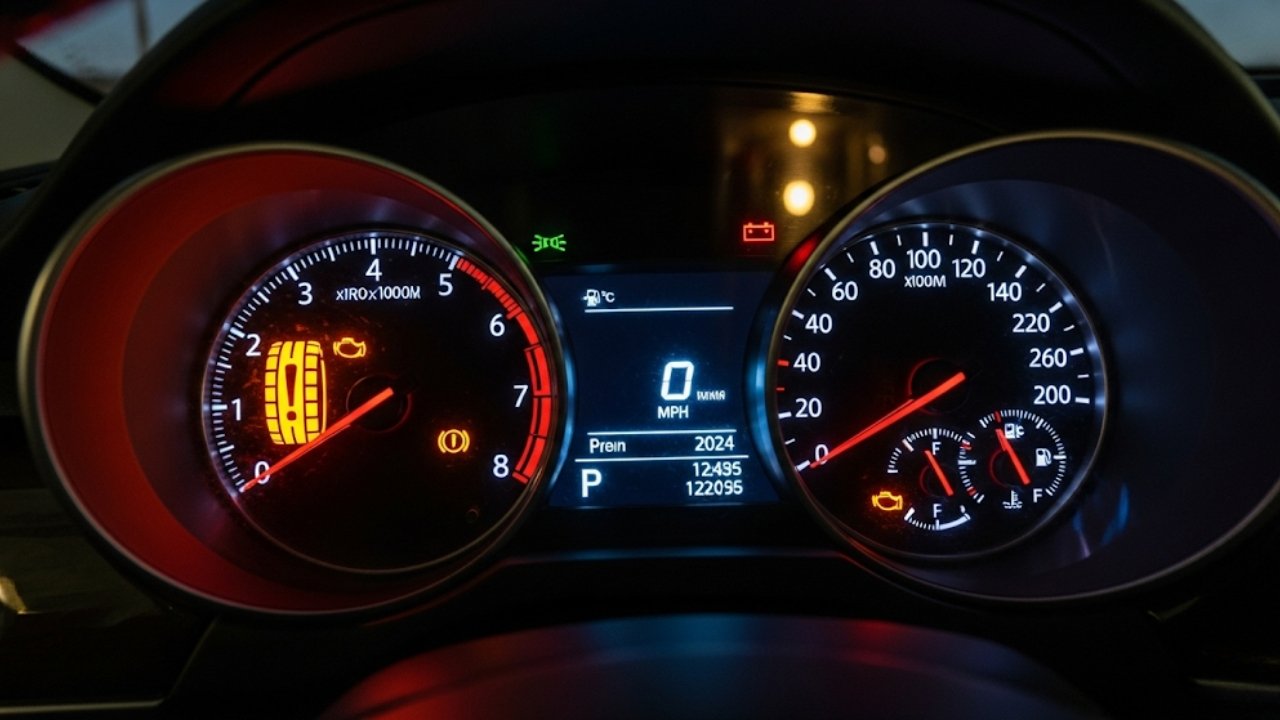
Have you ever jumped into your car on a chilly morning, only to be greeted by that little amber symbol—the tire pressure light? You tap the dash like it’s a glitch, but it stays. Frustrating, right? We’ve all been there, wondering how long does it take for tire pressure light to turn off after adjusting the air. Sometimes it goes off right away, other times it stays like an unwanted guest. Why?
Let’s take a deep dive into this curious little dashboard light that can stir anxiety, spark confusion, and even save your tires from going bald too soon. This article will not only explain how long it takes for that warning to disappear but also give you tips, insights, and personal experiences that bring this topic to life—because, let’s face it, car troubles feel a lot less annoying when they’re shared with a friend.
What Does the Tire Pressure Light Really Mean?
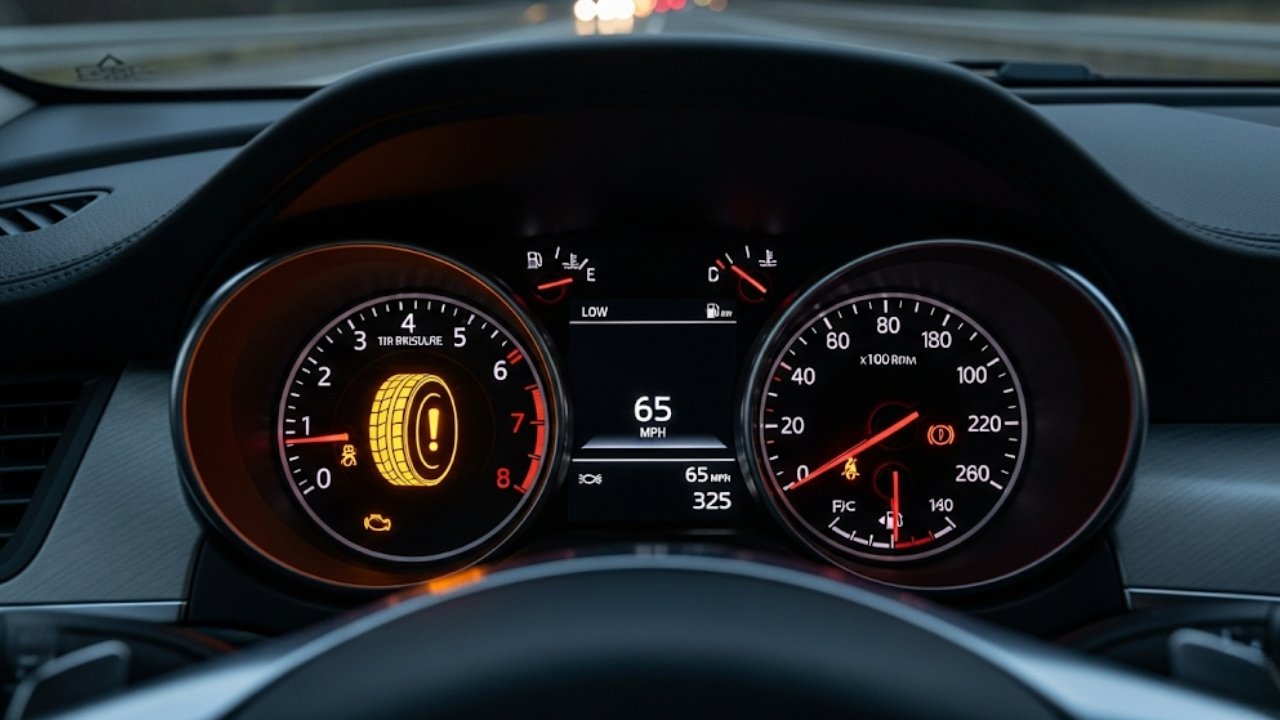
There are two types of TPMS:
-
Direct TPMS: Uses sensors inside the tire.
-
Indirect TPMS: Uses ABS wheel speed sensors to detect pressure loss.
When the air drops below the recommended PSI, usually by 25% or more, the light pops on. It’s not just about avoiding flats—low pressure impacts fuel economy, steering, and braking too.
So, if you’re wondering how long does it take for tire pressure light to turn off, you’re really asking how fast your car’s system recognizes that pressure has normalized. And that depends on several factors.
Why Doesn’t the Light Go Off Immediately After Refilling?
You might think topping up the tires is the end of it. But here’s the twist—it’s not always instant. Sometimes that light sticks around like gum on your shoe, and you’re left wondering if you did something wrong.
Here’s why the tire pressure light might not go off right away:
-
Sensor Lag: Most TPMS sensors need the car to be in motion for a while (5–20 minutes) to reset.
-
Temperature Influence: If you fill your tires during cold weather, the pressure might still be borderline.
-
Uneven Fill: One or more tires may still be slightly under or overinflated.
-
Faulty Sensor or System: In some cases, the TPMS might need recalibration or has failed altogether.
Key Point: Your car may need to be driven for 5 to 20 minutes at 30+ mph before the TPMS recalibrates and turns off the light.
So, when you’re stuck at the gas station pumping air, wondering how long does it take for tire pressure light to turn off, know that the answer isn’t always “right away.”
Factors That Affect How Long the Light Takes to Turn Off
Just like no two road trips are the same, how fast your TPMS light turns off depends on different variables. Let’s break them down clearly in the table below:
| Factor | Effect on Light Reset Time |
|---|---|
| Sensor Type | Direct TPMS usually resets faster than indirect systems |
| Temperature | Cold weather can cause false alerts |
| Driving Time | Most lights reset after driving 5–20 minutes |
| Tire Fill Accuracy | Over- or underfilling delays reset |
| TPMS Battery Life | Weak batteries can slow or prevent reset |
| Vehicle Model | Some cars require manual reset via infotainment screen |
Even something as simple as a rainy day can drop your tire pressure just enough to trigger the light.
How to Ensure the Tire Pressure Light Turns Off Quickly
If you’re like me, you want things done right the first time. The key to getting that pesky light to turn off? Precision and patience.
Here are steps you can follow:
-
Check the Owner’s Manual: Find your vehicle’s recommended PSI.
-
Use a Quality Tire Gauge: Cheap ones give inaccurate readings.
-
Fill Tires When Cold: Preferably before driving for the day.
-
Inflate to Correct PSI: Overinflating won’t help—balance is key.
-
Drive Around: Give your car 10–20 minutes at 30+ mph to reset.
-
Manual Reset (if needed): Some vehicles require you to push a reset button.
Pro Tip:
If you filled your tires on a hot afternoon and the light didn’t go off, try checking again the next morning. Air contracts in cold, so morning readings are more accurate.
When you do all this right and still ask yourself how long does it take for tire pressure light to turn off, it’s time to check for deeper issues.
Real-Life Anecdote: That Time My TPMS Gave Me a Headache
Last winter, I drove to the mountains for a quick weekend getaway. Temperatures dropped overnight, and the next morning, boom—tire pressure light came on. I checked the tires and found them slightly low, probably from the cold.
I filled them up at a gas station. Still, the light refused to budge. I drove for 15 minutes. Nothing. I parked, grabbed coffee, came back, and boom—it was gone.
The lesson? Sometimes you just need to give the system a little time and not panic.
Common Mistakes That Keep the Light On
Many drivers assume once they inflate the tire, it’s game over. But the TPMS isn’t always so forgiving.
Here are common mistakes to avoid:
-
Skipping All Tires: People often only check the one that “looks” low.
-
Overfilling in Panic: Too much pressure can also confuse the sensor.
-
Relying on Visual Inspection: Tires can be underinflated and still “look fine.”
-
Not Driving After Filling: TPMS often needs motion to recalibrate.
When these happen, drivers keep asking how long does it take for tire pressure light to turn off, without realizing the answer depends on doing the right steps first.
How Temperature and Seasons Affect Tire Pressure Light Behavior
Picture this: You wake up in winter, and suddenly, the tire pressure light flicks on again—after you just filled the tires yesterday. That’s not your car playing tricks; it’s physics.
Cold air causes air molecules to contract, which reduces tire pressure. A 10°F drop can cause a pressure loss of 1 to 2 PSI per tire. In contrast, hot weather can make the air expand and temporarily overinflate the tires.
Here’s how seasons affect your TPMS:
-
Winter: Pressure drops, light comes on more frequently.
-
Spring/Fall: Fluctuations in morning and evening temps affect readings.
-
Summer: Less warning lights, but beware of overinflation.
So, how long does it take for tire pressure light to turn off in cold weather? It may take longer. You might need to slightly overfill in freezing temps to counteract future drops.
Rule of Thumb: Inflate tires 3 PSI above the recommended level if temps are expected to plummet overnight.
What If the Tire Pressure Light Still Won’t Turn Off?
This is the moment where most drivers start muttering under their breath. You’ve filled the tires, driven around, and still—that light is staring at you like it’s judging your life choices.
Before you panic, consider these possibilities:
1. Faulty TPMS Sensor
These sensors aren’t immortal. After 5–10 years, or 100,000+ miles, their batteries may die. A professional diagnostic tool can verify this.
2. TPMS Needs Manual Reset
Some car models, especially older ones, don’t reset the light automatically. You might need to push a reset button or use the dashboard menu.
3. Spare Tire Is the Culprit
Yes, the spare! If it has a sensor and is low, the light can trigger.
4. Slow Leak
A small puncture might not cause a flat right away but can slowly deflate a tire over days or even hours.
5. Tire Rotation or Change Confused the System
Switching tires without resetting TPMS can cause confusion in indirect systems.
Tire Pressure Troubleshooting Table
| Problem | Possible Cause | Fix |
|---|---|---|
| Light stays on after refill | Sensor not updated | Drive 10–20 min, 30+ mph |
| Light turns off, then comes back | Slow leak or temp drop | Recheck PSI, inspect for punctures |
| Light blinks, then stays solid | TPMS sensor error | Mechanic scan or sensor replacement |
| All tires OK but light is on | Spare tire low or faulty sensor | Check all five tires, reset system |
| Replaced tires, light won’t turn off | Sensor recalibration needed | Manual TPMS reset required |
Personal Insight: When I Thought My Sensor Was Broken
About a year ago, I had my tires rotated at a shop. They did everything right—or so I thought. The next day, the light came on. I was sure the sensor was broken. Turns out, the techs forgot to reset the TPMS after moving the tires around. A 30-second fix in the dash menu, and that light was gone.
So if you’re still stressing about how long does it take for tire pressure light to turn off, check the simplest things first. More often than not, it’s something minor—not a big mechanical mystery.
FAQs: Tire Pressure Light Questions Answered
1. Can I drive with the tire pressure light on?
Yes, but it’s not ideal. The light means one or more tires are underinflated, which can affect handling and fuel efficiency. Get it checked ASAP.
2. How do I reset the tire pressure light manually?
Some cars have a TPMS reset button under the steering wheel or in the glove box. Others require navigating your infotainment system to the TPMS menu.
3. Does tire pressure light go off automatically?
Usually, yes. After correcting pressure and driving a bit, the light should turn off. If it doesn’t, a manual reset may be needed.
4. Is it normal for the light to turn on every winter?
Absolutely. Cold air compresses, lowering PSI. Many drivers deal with this every seasonal shift.
5. Can one low tire trigger the light?
Yes. Even one tire 3–5 PSI below recommended pressure can activate the warning.
6. Do I need to check tire pressure even if the light’s off?
Yes. TPMS doesn’t always alert you until the pressure is significantly off. Regular checks are smart.
7. Why does my light blink before staying on?
That usually signals a system fault, not just low pressure. It’s time to visit a mechanic.
8. What’s the ideal PSI for most cars?
Most passenger cars recommend 32–35 PSI, but always check your door sticker or owner’s manual.
Key Takeaways: Get That Light Off and Stay Safe
If you’re still wondering how long does it take for tire pressure light to turn off, here’s the bottom line:
-
Time Range: Typically 5–20 minutes of driving at 30+ mph.
-
Conditions Matter: Cold weather, inaccurate PSI, or sensor errors can delay the reset.
-
Manual Reset May Be Needed: Especially in older or more complex TPMS systems.
✅ Final Tips:
-
Always check all four tires—and the spare if equipped with a sensor.
-
Inflate tires when cold for the most accurate readings.
-
Carry a reliable tire gauge in your glove box—it’s a lifesaver.
-
Don’t ignore the light, even if the tires “look okay.”
Conclusion: Respect the Light, But Don’t Fear It
We often treat car warning lights as stress triggers. But the tire pressure light is more of a guardian than a villain. It’s just trying to keep you, your passengers, and your wallet safe.
So next time it shows up unexpectedly, take a breath, follow the steps, and don’t panic. In most cases, it’s a simple fix that just needs a bit of time or attention. Understanding how long it takes for the tire pressure light to turn off puts you in control—and that’s a great feeling behind the wheel.

